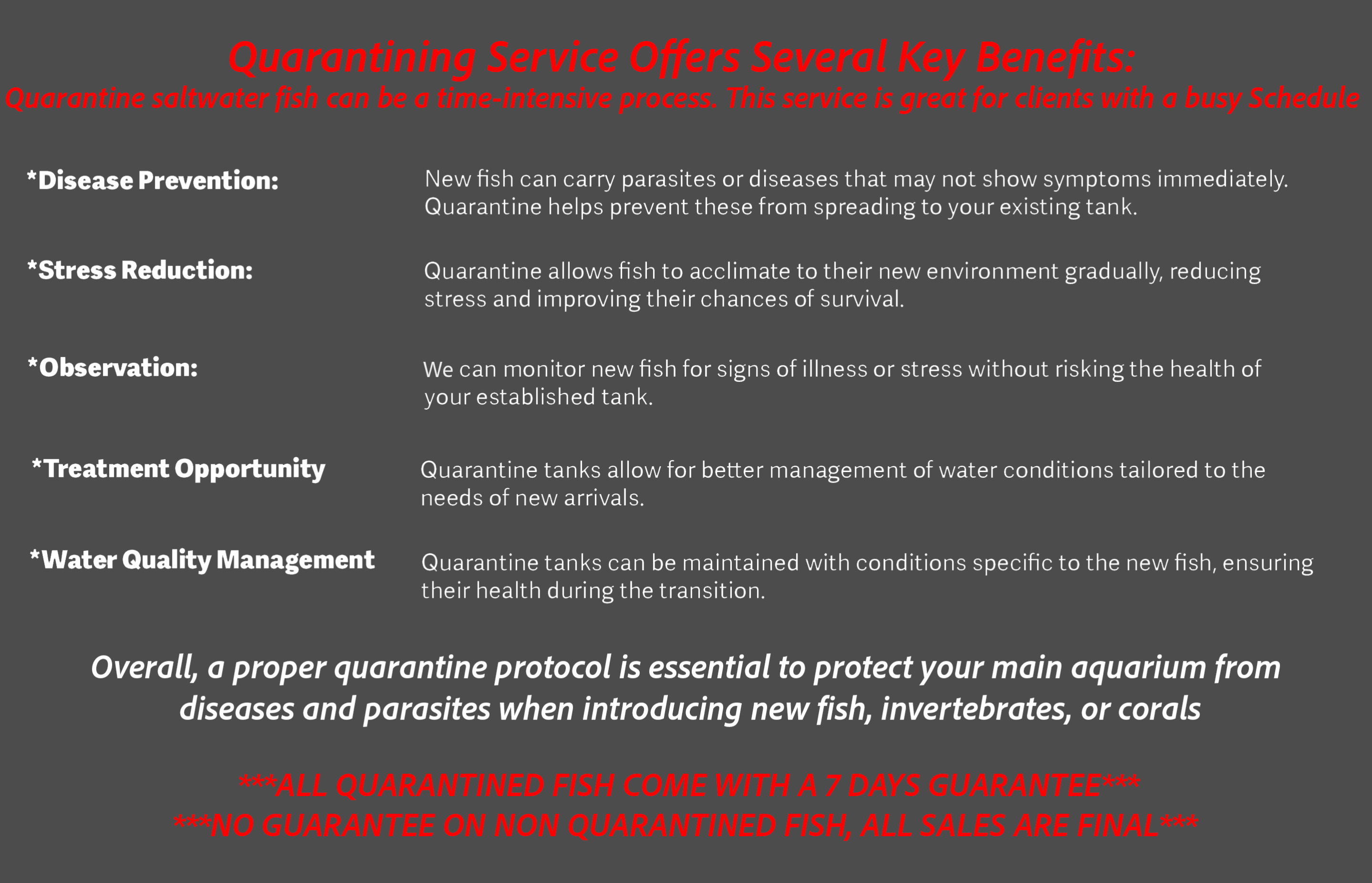 Loading... Please wait...
Loading... Please wait...Product Description
*$100 Overnight shipping all fish orders
Yellowtail Cleaner Wrasse
Diproctacanthus Wrasse should be added to aquariums with plenty of swim room. Provide ample rock work, crevices, cracks, caves and a deep sand bed. Juveniles will hide in the sand but adults will hide in cracks or caves. Diproctacanthus Wrasse are generally peaceful but often timid. Care should be given as it may be difficult to entice them to eat. Anampses Wrasse may not readily eat when first acclimating. If seeing unwilliness to eat add fortified live Mysis, Brine, Glass/Grass shrimp to their carnivorous diet. Juveniles may act as cleaner while adults will feed mainly on coral polyps. Wrasse are hermaphrodites meaning they start as juveniles/females but at some point in their life may turn into a male. Provide an aquarium with a tight fitting lid as they may jump.
The Yellowtail Tubelip Wrasse are sometimes also known as Yellowtail Wrasse. Somewhat commonly seen in the aquarium trade. As this black and white striped fish begins to mature they will loose the lowest stripe and develop a yellow tail. Yellowtail Tubelip Wrasse can grow up to almost 4".
|
CARE FACTS |
|
|
Care Level: |
Moderate |
|
Temperament: |
Peaceful |
|
Diet: |
Carnivore |
|
Reef Safe: |
Yes |
|
Minimum Tank Size: |
55g |
|
Max Size: |
4 in |




